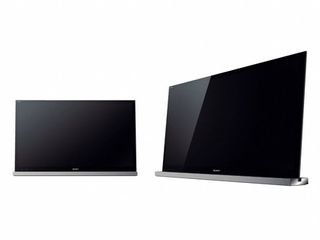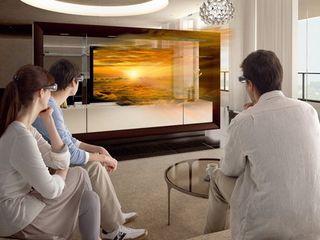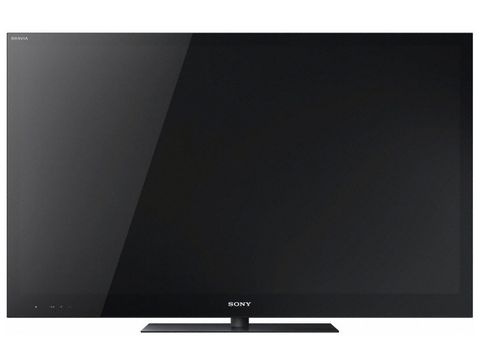Why you can trust TechRadar

The smart TV features of the Sony KDL-55HX823 are laudable, but just as important as the content is how a TV treats low-resolution fare from YouTube, especially on a 55-inch set.
Sony's X-Reality PRO dual-chip image processing engine is a very welcome addition to the KDL-55HX823; we've seen previous incarnations work wonders.
Powered by a 14-bit (output) multi-frame video data analysis, X-Reality PRO upscales poor-quality sources – common on YouTube and elsewhere online – to fit the large screen. It also works well with still images, and can be applied to any video source.
Panel-wise, the KDL-55HX823 uses an Edge LED array around an OptiContrast panel, which sees lights on the left and right of the screen. Sony insists that the way the light works is much the same as a full (and therefore fatter, which explains its absence) LED system, where lights are clustered all across the panel.
What Sony is saying here is that the KDL-55HX823 is capable of "local dimming", despite not having local lighting. What it boils down to is a more precisely controlled backlight, although whether the end result is any nearer to a plasma (the intended result of most LED tech) will be the ultimate test.

Another panel-related feature of note is a 400Hz mode, labelled by Sony as Motionflow XR 400. That's a relatively high-end feature, and it should be more than enough to cope with image lag and motion blur issues.
If Freeview HD adds some versatility, four HDMI inputs extend this further, one of which including an Audio Return Channel. That's crucial for anyone with a pre-3D HDMI-equipped AV receiver or home cinema that can't pass 3D images and sound over HDMI.
There's also Ethernet LAN connectivity for a more reliable wired connection to a broadband router, although the Wi-Fi method worked fine in our tests. Other ins and outs include a set of component video jacks, a headphones slot, a VGA connection for a PC or laptop, a minijack for audio and a digital optical audio port.
Crucially there are two USB slots – one for playing digital media from a thumb drive, and one able to record from the Freeview HD tuner to a hard drive.
Jamie is a freelance tech, travel and space journalist based in the UK. He’s been writing regularly for Techradar since it was launched in 2008 and also writes regularly for Forbes, The Telegraph, the South China Morning Post, Sky & Telescope and the Sky At Night magazine as well as other Future titles T3, Digital Camera World, All About Space and Space.com. He also edits two of his own websites, TravGear.com and WhenIsTheNextEclipse.com that reflect his obsession with travel gear and solar eclipse travel. He is the author of A Stargazing Program For Beginners (Springer, 2015),


